Evolving Consumer Preferences
Consumer preferences are shifting towards more flexible and accessible financial products, which is positively impacting the Forex Prepaid Card Market. As individuals become more tech-savvy, they are increasingly inclined to utilize digital solutions for their financial transactions. The rise of e-commerce and online shopping has further fueled this trend, as consumers seek seamless payment options that can be easily managed through mobile applications. In 2025, it is estimated that the demand for prepaid cards will rise by approximately 15%, reflecting a growing inclination towards cashless transactions. This evolution in consumer behavior suggests that the Forex Prepaid Card Market must adapt to meet the changing expectations of its clientele.
Rising Demand for Travel Solutions
The Forex Prepaid Card Market is experiencing a notable increase in demand for travel-related financial solutions. As international travel continues to rebound, travelers are seeking convenient and secure methods to manage their finances abroad. Forex prepaid cards offer a practical alternative to traditional banking methods, allowing users to load multiple currencies and avoid unfavorable exchange rates. In 2025, the market for travel-related prepaid cards is projected to grow significantly, driven by the increasing number of travelers and the need for efficient currency management. This trend indicates a shift towards more user-friendly financial products that cater to the needs of globetrotters, thereby enhancing the overall appeal of the Forex Prepaid Card Market.
Increased Focus on Financial Literacy
The Forex Prepaid Card Market is witnessing a growing emphasis on financial literacy among consumers. As individuals become more aware of their financial options, they are increasingly seeking products that offer transparency and control over their spending. Educational initiatives aimed at improving financial literacy are encouraging consumers to explore prepaid cards as a viable alternative to traditional banking solutions. In 2025, it is projected that the number of consumers utilizing Forex prepaid cards will rise by 30%, driven by a better understanding of the benefits these cards offer. This heightened awareness is likely to foster a more informed customer base, ultimately benefiting the Forex Prepaid Card Market.
Regulatory Support for Prepaid Solutions
The Forex Prepaid Card Market is benefiting from favorable regulatory frameworks that promote the use of prepaid financial solutions. Governments and financial authorities are increasingly recognizing the importance of prepaid cards in enhancing financial inclusion and providing secure payment options. In many regions, regulations are being established to ensure consumer protection and promote transparency in prepaid card transactions. This regulatory support is likely to encourage more financial institutions to offer Forex prepaid cards, thereby expanding the market. As of 2025, it is anticipated that the number of prepaid card issuers will increase by 20%, indicating a robust growth trajectory for the Forex Prepaid Card Market.
Technological Advancements in Payment Systems
Technological advancements are playing a crucial role in shaping the Forex Prepaid Card Market. Innovations such as contactless payments, mobile wallets, and blockchain technology are enhancing the functionality and security of prepaid cards. These advancements not only improve user experience but also attract a broader customer base. In 2025, the integration of advanced technologies is expected to drive a 25% increase in the adoption of Forex prepaid cards, as consumers seek more efficient and secure payment methods. This trend underscores the importance of continuous innovation within the Forex Prepaid Card Market to remain competitive and meet evolving consumer demands.



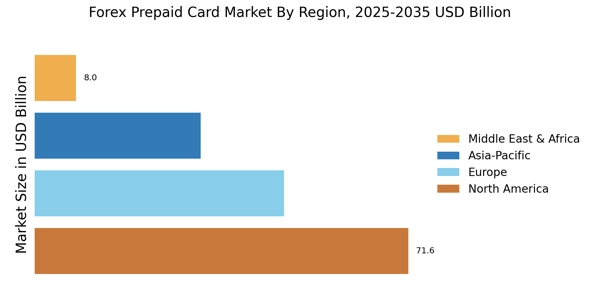
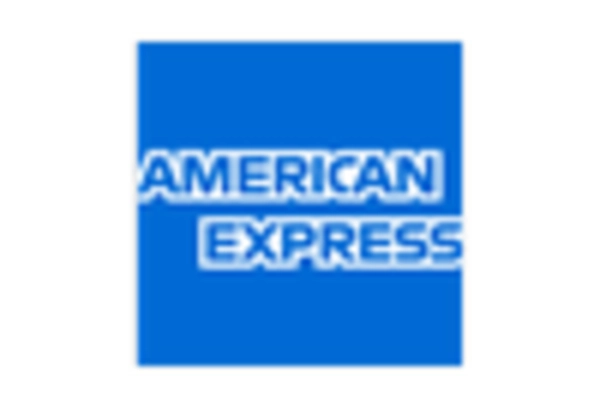
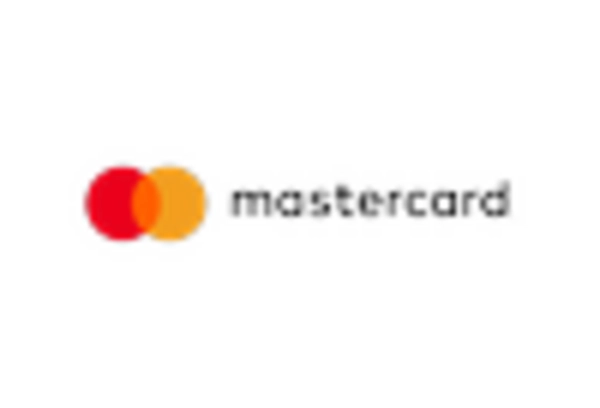

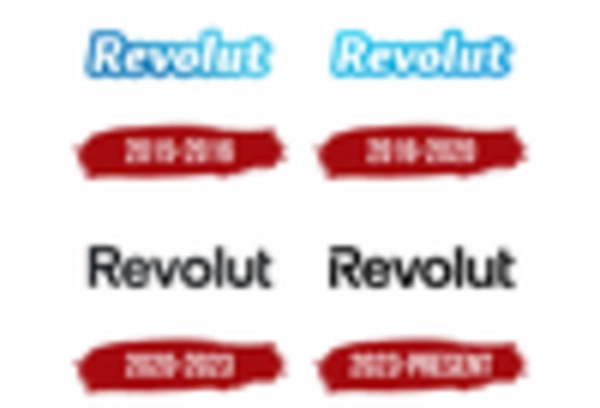
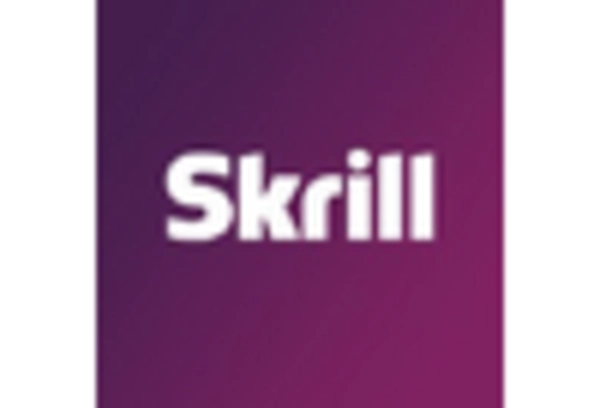









Leave a Comment